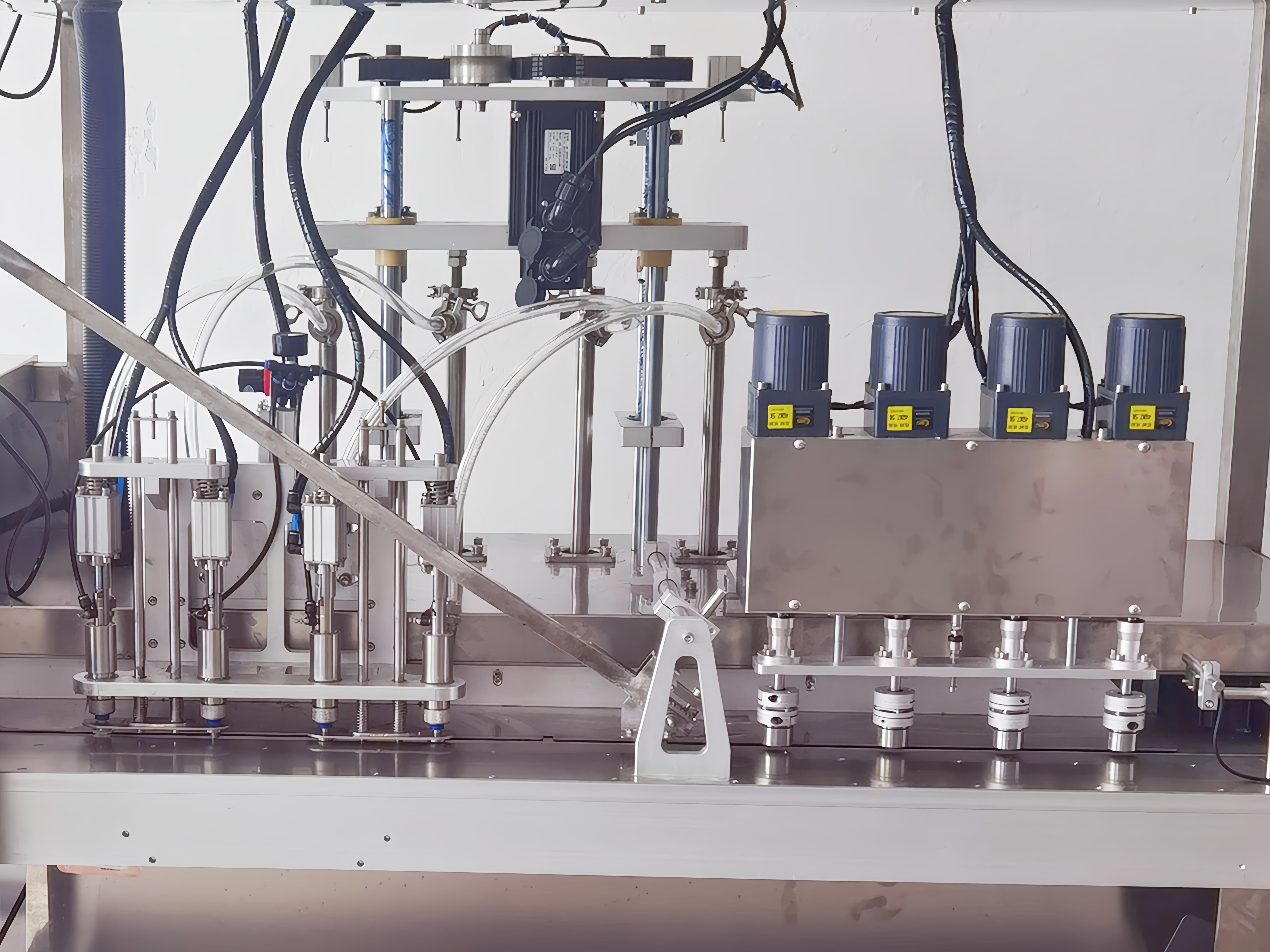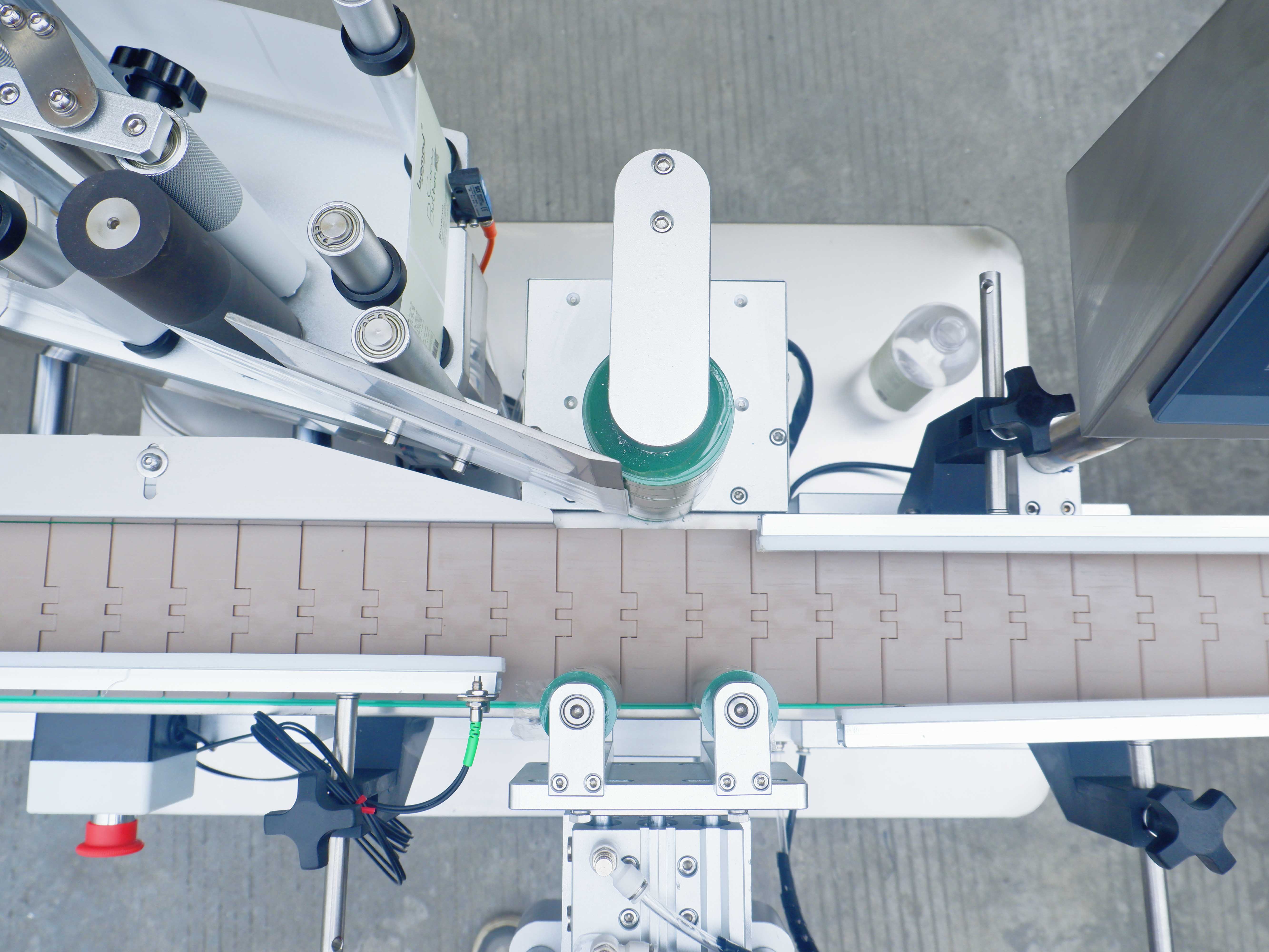The Impact and Thoughts of Artificial Intelligence on the Packaging Industry
In this current era driven by technology, artificial intelligence (AI) is like a surging tide that has swept through numerous industries, and the packaging industry is right in the midst of this transformative current. The emergence of AI has brought unprecedented transformation and upgrading to the packaging industry, while also triggering a series of issues worthy of our in-depth contemplation.
From the perspective of design, AI has become a powerful engine of innovation. It can rapidly process and analyze vast amounts of market trends, consumer behavior data, and aesthetic elements. Through deep learning algorithms, AI can precisely grasp the aesthetic preferences and psychological needs of consumers, thereby generating highly creative and attractive packaging design concepts. These designs are not only visually stunning but also can strongly resonate emotionally with the target audience. For example, for the minimalist, environmentally friendly, and personalized styles pursued by the younger generation of consumers, AI can quickly integrate relevant elements and provide design solutions that are in line with the trends. Compared to traditional design methods, it significantly shortens the design cycle and enhances the efficiency and accuracy of the design.
In the production process of packaging, the influence of AI is equally remarkable. Highly intelligent robots and automated production lines can achieve uninterrupted and high-precision packaging operations. They can rapidly adjust the size, shape, and material of the packaging according to preset programs to accommodate the needs of different products. Moreover, by integrating with sensors and monitoring systems, AI can monitor various parameters in the production process in real-time, such as temperature, pressure, and speed. Once an anomaly is detected, it can immediately self-adjust or send out an alarm to ensure the stability of production and the consistency of product quality. This intelligent production method not only reduces errors caused by manual operations but also significantly improves production efficiency and reduces production costs, providing enterprises with a greater competitive advantage.
AI also excels in the selection and optimization of packaging materials. With the help of big data analysis and simulation technology, it can evaluate the performance, cost, and environmental impact of different materials, thereby recommending the most suitable packaging materials for enterprises. For example, based on considerations of product protection performance, transportation requirements, and sustainability goals, AI can assist enterprises in choosing materials that can both ensure product safety and reduce the environmental burden. Additionally, through learning from material research and development data, AI is also conducive to the development of new types of smart packaging materials, such as those with self-repairing, freshness-preserving, or intelligent sensing functions, further enhancing the value and performance of packaging.
Quality inspection has always been a crucial link in the packaging industry, and the application of AI in this field has brought about a qualitative leap. Detection systems based on machine vision and deep learning technology can conduct comprehensive inspections of packaging with astonishing speed and accuracy. Whether it's printing quality, sealing integrity, or the accuracy of labels, AI can quickly identify even the tiniest defects and flaws, far surpassing the detection capabilities of the human eye. This not only improves the product qualification rate but also reduces returns and complaints due to quality issues, safeguarding the brand reputation of enterprises.
However, while AI brings numerous benefits to the packaging industry, it also presents some challenges and issues. The first is the high cost of technology investment. Introducing advanced AI systems requires enterprises to invest a significant amount of funds in hardware, software, training, and maintenance, which may be a heavy burden for some small and medium-sized enterprises. Secondly, as AI gradually replaces some repetitive and regular jobs, such as some simple packaging operations and quality inspection positions, it may lead to a certain scale of job losses. This requires joint efforts from enterprises and society to help affected employees adapt to new employment opportunities through re-training and career transformation programs.
In addition, there are issues related to data security and privacy. AI systems handle a large amount of sensitive data related to enterprise production and consumers during operation. If this data is leaked or misused, it will bring huge losses to enterprises and consumers. Therefore, strict data protection mechanisms and laws and regulations must be established to ensure the secure use of data.
Another issue worth considering is the nature of innovation. Although AI can provide efficient solutions, over-reliance on technology may inhibit the creativity and intuition of human designers and engineers. How to maintain human creative thinking and unique perspectives while leveraging the advantages of AI is a key balance that we need to constantly achieve in the development process.
Looking to the future, the integration of the packaging industry with AI will continue to deepen. We can anticipate the continuous emergence of more intelligent, personalized, and sustainable packaging solutions. Simultaneously, with the continuous advancement of AI technologies, such as the application of quantum computing and more advanced machine learning algorithms, the innovation speed and quality of the packaging industry will be further enhanced. But in this process full of opportunities and challenges, we must guide the development of AI in a responsible and sustainable manner to ensure that it brings more benefits rather than negative impacts to human society.
In this era of rapid technological changes, the packaging industry needs to keep pace with the advancements of AI, actively respond to changes, fully leverage its potential, and achieve sustainable development and innovative breakthroughs. As participants and observers in this industry, we have the responsibility to deeply think about and address the issues it brings while enjoying the convenience and progress of AI, and jointly shape a better packaging future.



